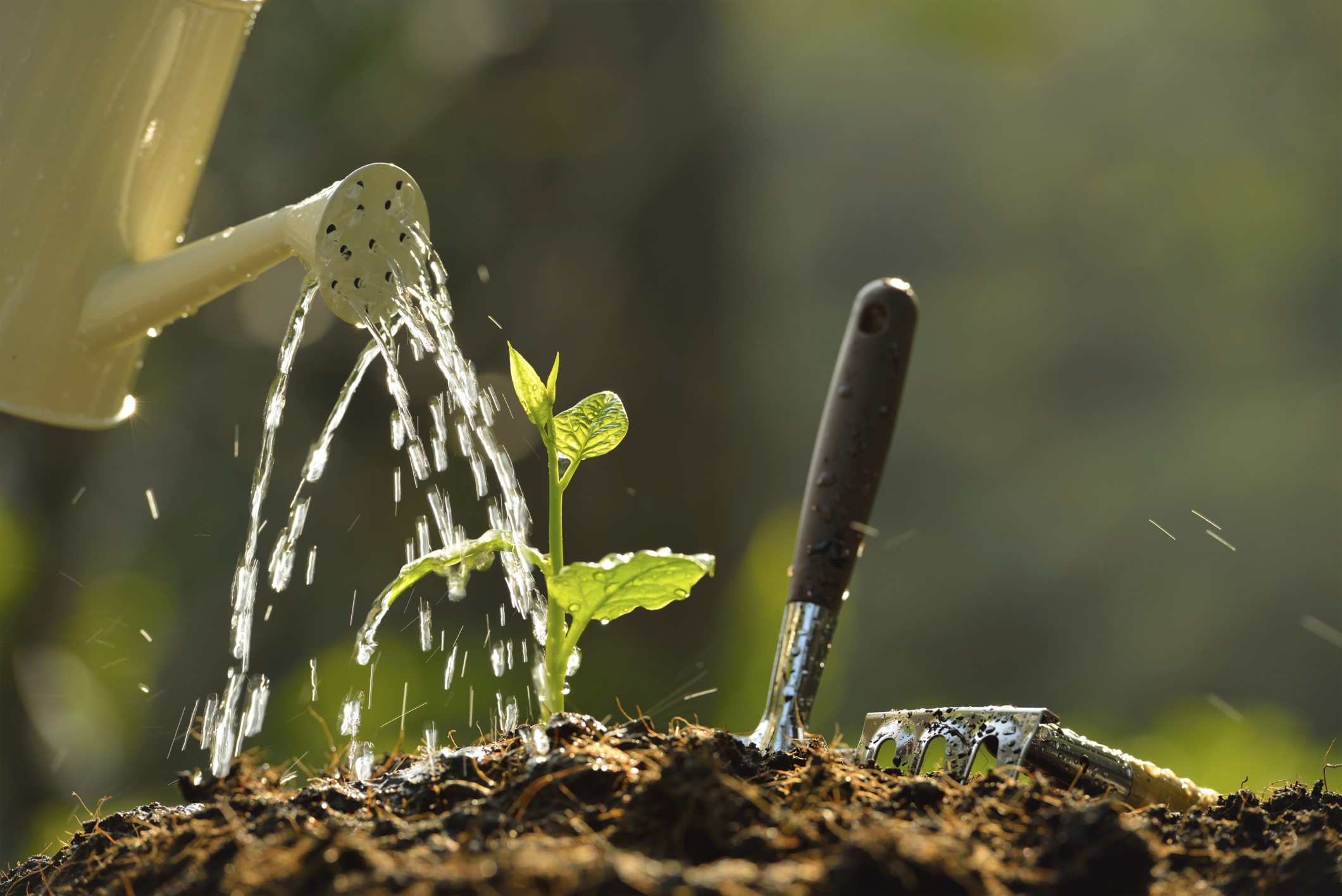With April (the month of Earth Day) winding down, it’s important to consider how green of a lifestyle you are living on a daily basis. If you are looking for a few ways to make your home and family a little greener, read this blog!
Your landscape is another area you can easily go green! It doesn’t have to stop at recycling, donating, and making smarter purchases inside your home. It extends to your yard too.
And don’t forget your Cook Portable Warehouse can become a perfect place for all your gardening essentials. Our Garden Shed model is the perfect choice with its ample room, flower box and adorable exterior accents.
Here are 4 smart ways to be an eco-friendly gardener, creating a beautiful landscape while making Mother Nature smile!

Reuse and recycle materials
Before you buy more supplies and plant materials, use what you have and recycle those items first. Things like lawn clippings, made of grass and leaves leftover after mowing, can add nutrients back into your soil.
Those yard clippings along with kitchen leftovers can also be utilized into a compost pile. Composting is easy to do and helps your household produce less garbage headed to the landfill.
Or think about creating a neighborhood gardening group where you share supplies. You can also check with local building sites or home improvement stores for unused materials.
Let it rain
Water is available in ample quantities whenever it rains, but many of us still use sprinkler systems to irrigate our lawns. These systems are often based on a timer and can lead to overwatering.
Consider using a drip irrigation system to deliver rain right to your plants and flowers. These systems are nearly 90 percent efficient compared to sprinkler systems, which are around 70 percent efficient.
Or put out rain barrels and collect rain to irrigate your landscaping. Because rainwater is typically soft and chemical free, it’s the best choice for your plants. And by capturing rain, you are also reducing the amount of water that becomes storm water runoff.
Make smart choices
By making simple changes your lawn can become more environmentally friendly.
For example, replace non-native turf grass with native plants, prairie or wetlands. Another benefit to reducing the amount of your lawn space is a lower water bill. And don’t forget to check with your city about any possible rebates.
It’s also good practice to choose certified wood and avoid wood that has been treated by chemicals. Look for approval from the Forest Stewardship Council (FSC) or select rot-resistant species grown in your region.
Choose native, non-exotic plants
When planning out your landscape strategy, use as many native plants as possible. They are already adjusted to the conditions and climate in the area and require less maintenance.
Local plant life is often resistant to pests and diseases and, therefore, requires less chemicals and pesticides. And reducing the amount of chemicals in your garden is always a good practice. In comparison, exotic plants typically require more water, pesticides and resources.
Some examples of low-maintenance flowers and plants include tulips, marigolds, pansies, ornamental grasses, yucca and cactus. Clover is also naturally insect-resistant and helps cut down on weeds and therefore on the use of pesticides and weed killers.
To learn more, download the free Cook’s Guide to Green Living by clicking below!
{{cta(‘bb3223b9-d5b8-4624-b847-27b45fecfc80′,’justifycenter’)}}

